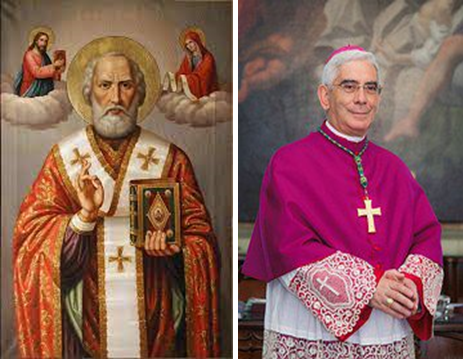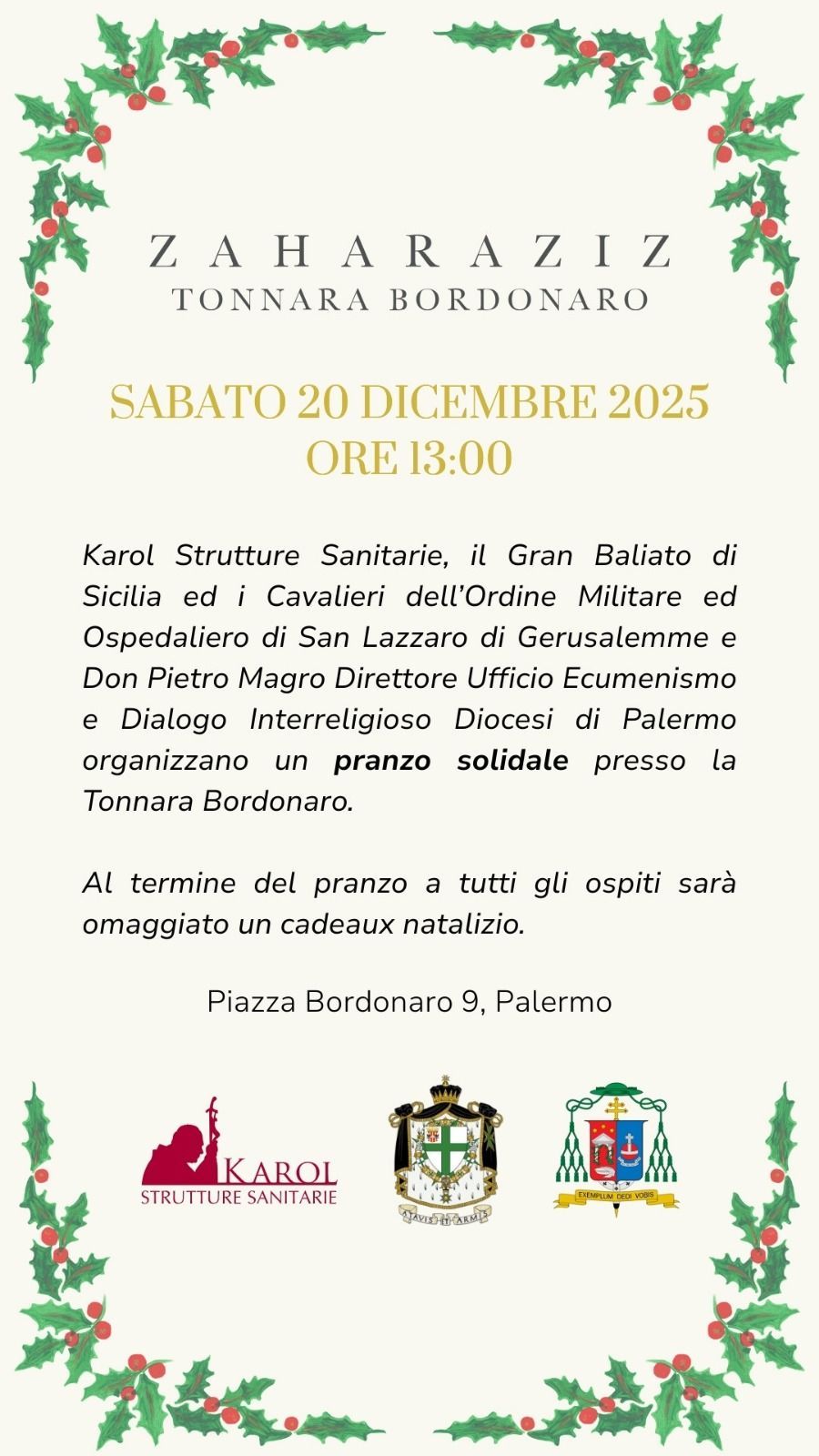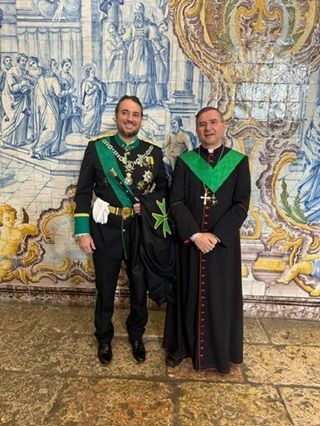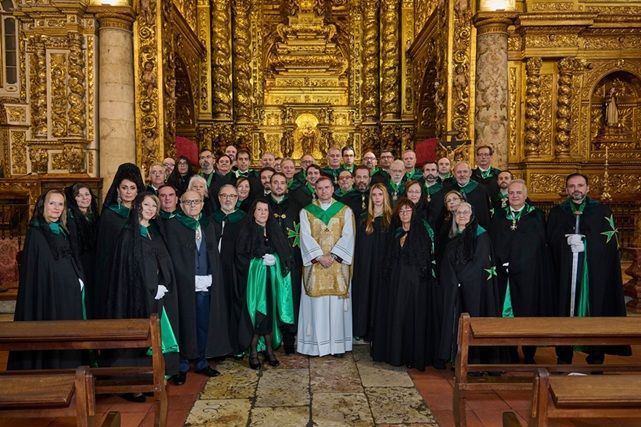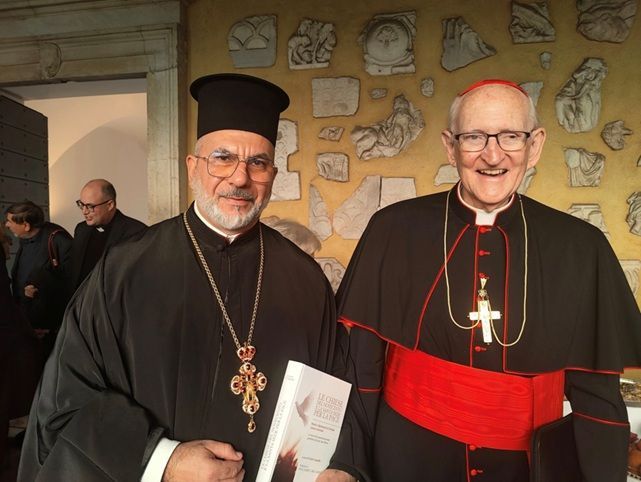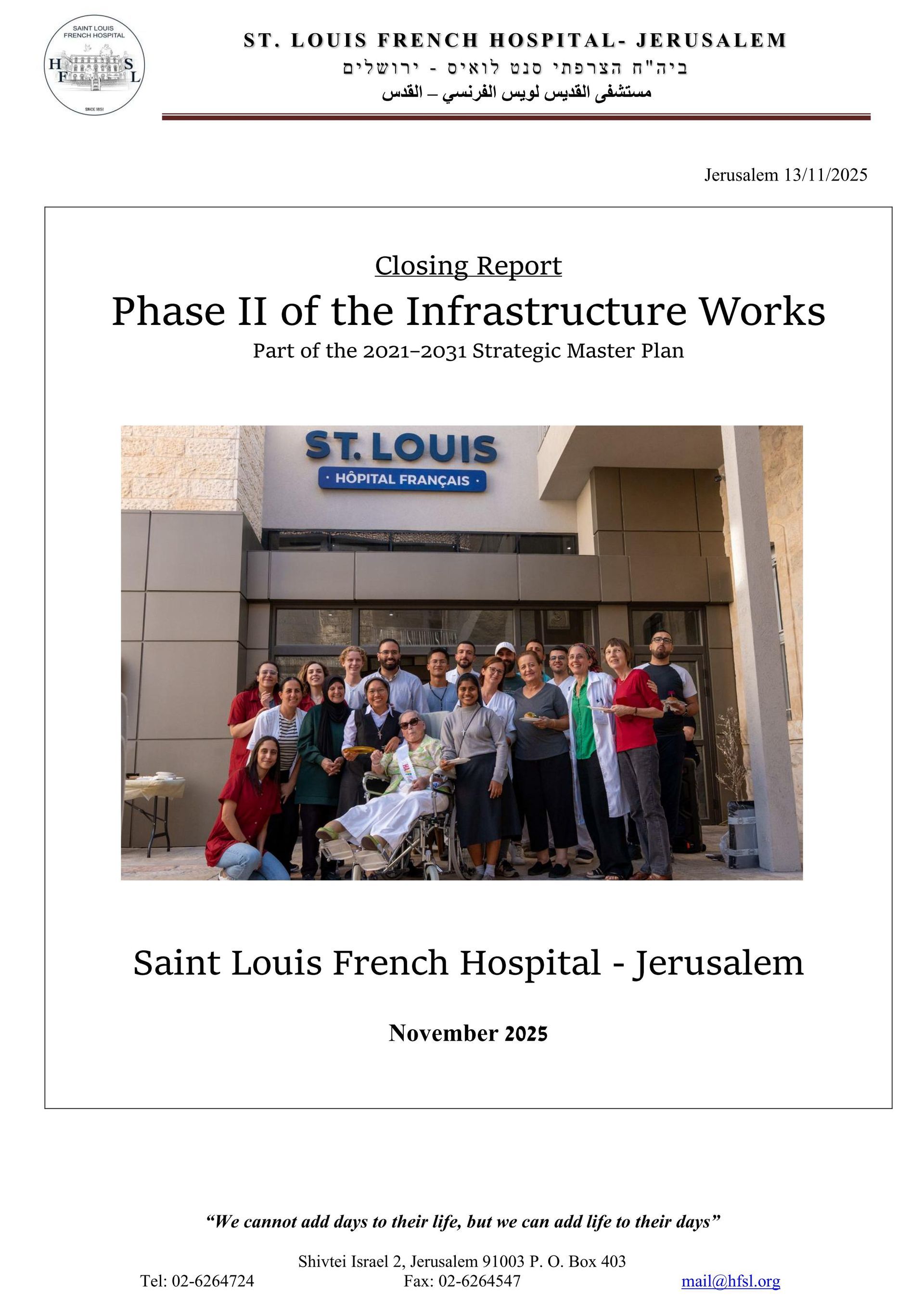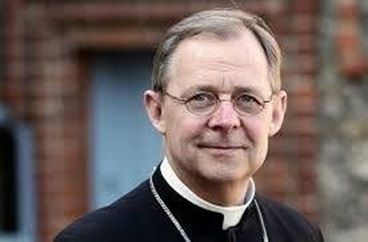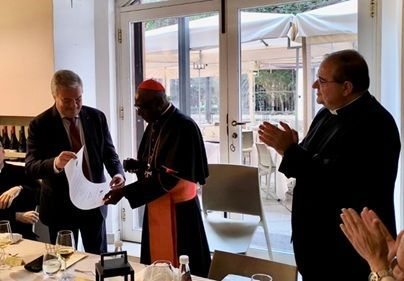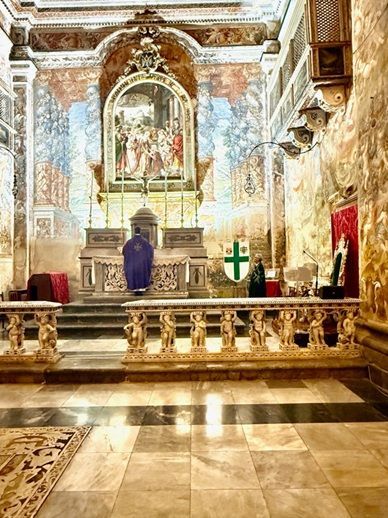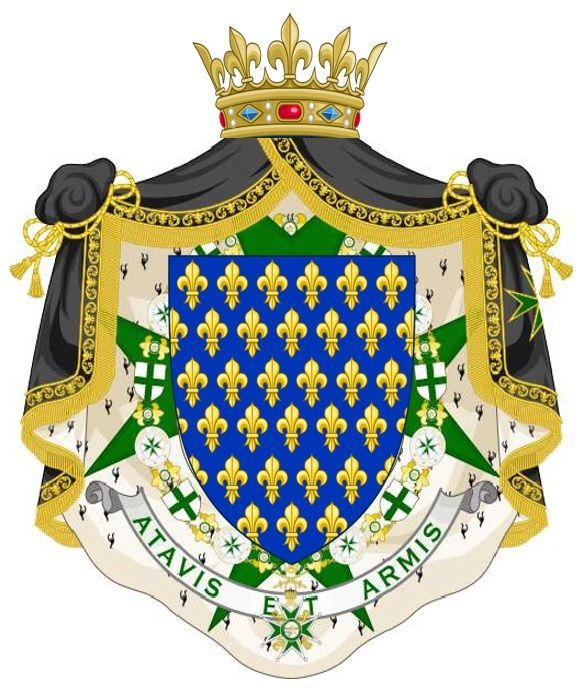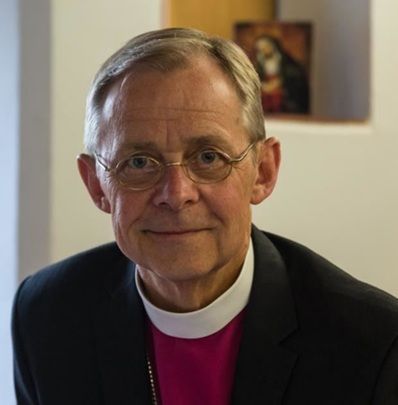NON POSSIAMO NON DIRCI FRATELLI. PROPOSTA PER UN SANTO PATRONO DELL’ECUMENISMO IN OCCASIONE DELLA SETTIMANA DI PREGHIERA PER L’UNITA’ DEI CRISTIANI
NON POSSIAMO NON DIRCI FRATELLI. PROPOSTA PER UN SANTO PATRONO DELL’ECUMENISMO IN OCCASIONE DELLA SETTIMANA DI PREGHIERA PER L’UNITA’ DEI CRISTIANI
Ad immergerci nelle relazioni ecumeniche è una delle più antiche preghiere liturgiche dell’Ortodossia che invoca San Nicola come “Regola di fede e immagine di mitezza”. Se mai un santo dovesse essere dichiarato patrono del movimento ecumenico, nessuno sarà più accetto di San Nicola. L’auspicio che si proclami Nicola santo dell’Ecumenismo, oltre che sul carattere ecumenico della personalità storica di Nicola, poggia su un dato di fatto: nessun Santo è così universalmente noto e amato come San Nicola. Altri santi godono di un culto superiore al suo in determinati luoghi. Nicola attraversa invece, come nessun’altro, il mondo cattolico, ortodosso e protestante.
Nel mondo ortodosso Nicola non teme confronti, neppure con santi come Giorgio, Teodoro, Demetrio o Sergio. A Mosca, secondo il più recente prontuario del Patriarcato, a lui sono dedicate più del doppio di chiese di qualsiasi altro Santo (inclusi Giorgio e Sergio). La Russia ha addirittura inserito nel suo calendario liturgico la festa, prettamente cattolica, della Traslazione (1087) da Mira a Bari. La fonte russa (anno 1093) narra la traslazione come evento provvidenziale e in piena armonia fra clero latino e orientale, omettendo sia le tensioni coi monaci di Mira sia lo scontro armato dei marinai contro l’arcivescovo di Bari. Gli ortodossi in più vedono in lui il maestro della fede. La preghiera più comune, infatti, è quella che comincia con le parole “Kanona pisteos” (in greco) e “Pravilo very” (in russo).
La collocazione di San Nicola nelle chiese bizantine (e poi slave) è assolutamente rilevante in tal senso. E ciò non soltanto perché la sua immagine si trova praticamente in tutte le chiese, ma anche per il posizionamento all’interno della chiesa. Qualche volta addirittura sostituisce San Giovanni Battista nelle Deesis, anche se quest’ultimo tipo iconografico e liturgico è piuttosto recente (XIII-XIV secolo). Iconograficamente Nicola è raffigurato in compagnia dei grandi Padri della Chiesa e soprattutto di San Basilio Magno, S. Gregorio Nazianzeno (il Teologo) e San Giovanni Crisostomo. Tale solenne sacralità non impedisce però al popolo ortodosso di sentirlo particolarmente vicino ai suoi bisogni. E’ difficile dire se questa particolarità ortodossa di Nicola maestro della fede derivi da qualche fonte perduta del VI-VIII secolo, oppure semplicemente dalla sua partecipazione al concilio di Nicea.
La Grecia, inoltre, con le sue migliaia di isole, non poteva trascurare il Santo che in tutto il mondo è il patrono della gente di mare. Sulle coste illuminate dal sole si vedono tante chiesette bianche che si affacciano sul mare. E i naviganti in difficoltà invocano San Nicola, Aghios Nikolaos sto timoni ( San Nicola mettiti tu al timone). L’Ortodossia slava, che conobbe San Nicola sin dal primo momento, si appropriò della sua figura e della sua protezione con maggiore intensità. Mantenne sì la figura ieratica ma nell’animo del popolo San Nicola era un santo profondamente terreno e vicino ai miseri, ai diseredati, ai contadini e ai viandanti. Scende nel fango per tirare fuori il carretto di un povero contadino, disobbedisce e fa uno scherzo a Gesù pur di aiutare una povera vedova, lascia addirittura tutti i santi del paradiso che banchettano e fanno festa per accorrere sul mare a placare Nettuno e salvare delle navi in pericolo. In altri termini, pur di aiutare diseredati e povera gente viola tutte le regole della società, della chiesa e persino di Dio. Onde il proverbio popolare russo: Quando Dio morrà, ci sarà sempre San Nicola.
Tra Grecia e Russia c’è comunque una differenza. La Grecia ha guardato alla traslazione a Bari con ostilità e scetticismo. Ha la festa della traslazione ma non menziona la destinazione, anche se in recenti pubblicazioni si comincia a fare il nome di Bari. Il mondo slavo invece, esalta Bari e i Baresi che hanno salvato le reliquie dall’invasione dell’Asia Minore da parte dei turchi.
Nel mondo cattolico, pur non essendo vivace come nel medioevo, il culto di S. Nicola ha una grande diffusione, almeno a giudicare dal grande numero di chiese a lui dedicate. In gran parte tale diffusione è dovuta al fatto che il suo patronato si estende ad alcune categorie che hanno l’impronta dell’universalità, dalle fanciulle da marito ai marinai (chiese a lui dedicate si trovano in tutte le città portuali) ai bambini. Molto probabilmente, più che quella letteraria, fu la rappresentazione iconografica della traslazione a infondere nel comune fedele ortodosso il senso ecumenico della festa. Come è noto, infatti, con grande frequenza le icone di San Nicola con scene della vita hanno nel finale la raffigurazione della traslazione a Bari. In essa gli iconografi hanno trasmesso fedelmente il messaggio ecumenico. Benché restio al culto dei Santi, il mondo protestante conserva una notevole simpatia verso San Nicola. Il momento storico in cui nacque la Riforma protestante era anche l’epoca in cui si era ben consolidata l’immagine di San Nicola come patrono dei bambini. Persino Lutero fino al 1536 era solito definire i doni ai bambini come doni di S. Nicolas.
+ Michele Pennisi
Arcivescovo di Monreale
Gran Priore Ecclesiastico dell’Ordine di San Lazzaro di Gerusalemme
WE CANNOT BUT CALL OURSELVES BROTHERS. PROPOSAL FOR A PATRON SAINT OF ECUMENISM ON THE OCCASION OF THE WEEK OF PRAYER FOR THE UNITY OF CHRISTIANS
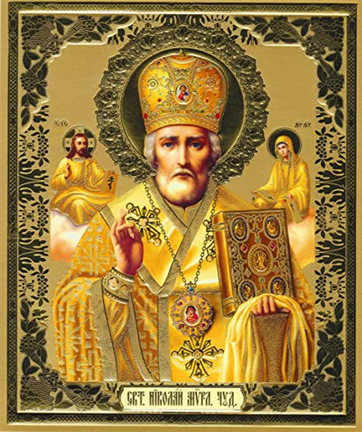
Immersing us in ecumenical relations is one of the oldest liturgical prayers of Orthodoxy, which invokes St Nicholas as 'a rule of faith and an image of meekness'. If ever a saint were to be declared the patron saint of the ecumenical movement, none would be more welcome than St Nicholas. The wish to proclaim St Nicholas as a saint of ecumenism is based not only on the ecumenical character of St Nicholas' historical personality, but also on the fact that no saint is as universally known and loved as St Nicholas. Other saints enjoy a higher cult than his in certain places. Nicholas, on the other hand, crosses the Catholic, Orthodox and Protestant worlds like no other.
In the Orthodox world Nicholas is not afraid of comparison, not even with saints like George, Theodore, Demetrius or Sergius. In Moscow, according to the Patriarchate's most recent handbook, more than twice as many churches are dedicated to him as to any other saint (including George and Sergius). Russia has even included in its liturgical calendar the purely Catholic feast of the Translation (1087) from Myra to Bari. The Russian source (year 1093) narrates the translation as a providential event in full harmony between the Latin and Eastern clergy, omitting both the tensions with the monks of Myra and the armed clash of sailors against the archbishop of Bari. The Orthodox also see him as a teacher of the faith. In fact, the most common prayer is one that begins with the words 'Kanona pisteos' (in Greek) and 'Pravilo very' (in Russian).
The placement of St Nicholas in Byzantine (and later Slavic) churches is absolutely relevant in this sense. This is not only because his image can be found in practically all churches, but also because of the positioning within the church. Sometimes he even replaces St John the Baptist in the Deesis, although this latter iconographic and liturgical type is rather recent (13th-14th century). Iconographically, Nicholas is depicted in the company of the great Fathers of the Church, especially St Basil the Great, St Gregory Nazianzen (the Theologian) and St John Chrysostom. This solemn sacredness does not, however, prevent the Orthodox people from feeling that he is particularly close to their needs. It is difficult to say whether this Orthodox peculiarity of Nicholas as a teacher of the faith derives from some lost source from the 6th-8th century, or simply from his participation in the Council of Nicaea.
Greece, moreover, with its thousands of islands, could not overlook the Saint who is the patron saint of seafarers the world over. On the sunlit coasts you can see many small white churches overlooking the sea. And sailors in distress invoke St Nicholas, Aghios Nikolaos sto rudoni (St Nicholas put yourself at the helm). Slavic Orthodoxy, which knew St Nicholas from the very first moment, appropriated his figure and protection with greater intensity. He retained the hieratic figure, but in the minds of the people, St Nicholas was a deeply earthly saint, close to the poor, the dispossessed, the peasants and the travellers. He went down into the mud to pull out a poor farmer's cart, he disobeyed and played a trick on Jesus to help a poor widow, he even left all the saints in paradise feasting and celebrating to rush to the sea to appease Neptune and save ships in danger. In other words, in order to help disinherited and poor people, he violates all the rules of society, the church and even God. Hence the popular Russian proverb: When God dies, there will always be St Nicholas.
However, there is a difference between Greece and Russia. Greece looked at the translation in Bari with hostility and scepticism. It has the celebration of the translation but does not mention the destination, although in recent publications the name of Bari has begun to be mentioned. The Slav world, on the other hand, exalts Bari and the people of Bari who saved the relics from the invasion of Asia Minor by the Turks.
In the Catholic world, although not as vibrant as in the Middle Ages, the cult of St Nicholas is widespread, at least judging by the large number of churches dedicated to him. To a large extent, this diffusion is due to the fact that his patronage extends to certain categories that have the mark of universality, from maidens for marriage to sailors (churches dedicated to him can be found in all port cities) to children. Most probably, more than the literary one, it was the iconographic representation of the translation that instilled in the common Orthodox faithful the ecumenical sense of the feast. It is well known that icons of St Nicholas with scenes from his life often end with a depiction of the translation to Bari. In it, the iconographers have faithfully conveyed the ecumenical message. Although reluctant to worship saints, the Protestant world retains considerable sympathy for St Nicholas. The historical moment when the Protestant Reformation was born was also the time when the image of St Nicholas as the patron saint of children was well established. Even Luther up to 1536 used to define gifts to children as gifts of St Nicholas.
+ Michele Pennisi
Archbishop of Monreale
Ecclesiastical Grand Prior of the Order of St Lazarus of Jerusalem

